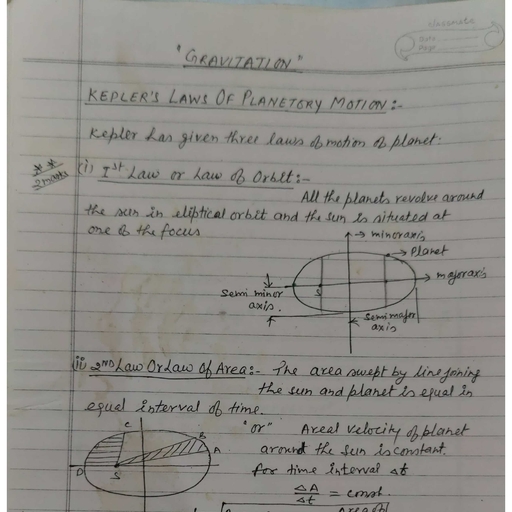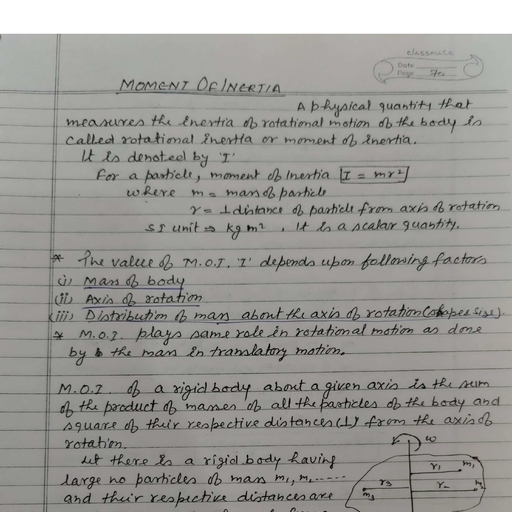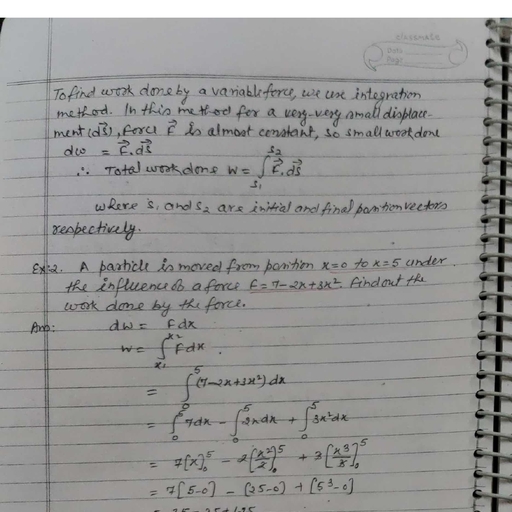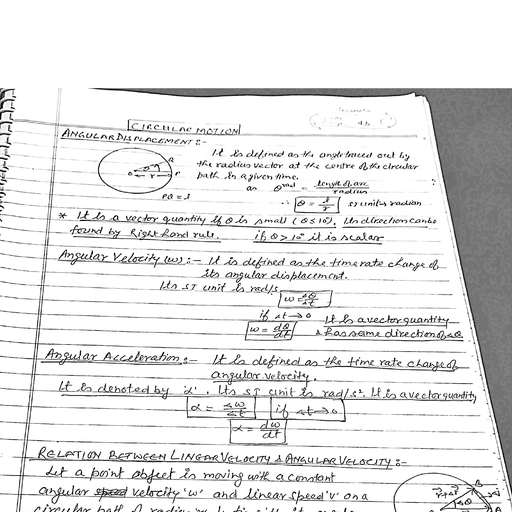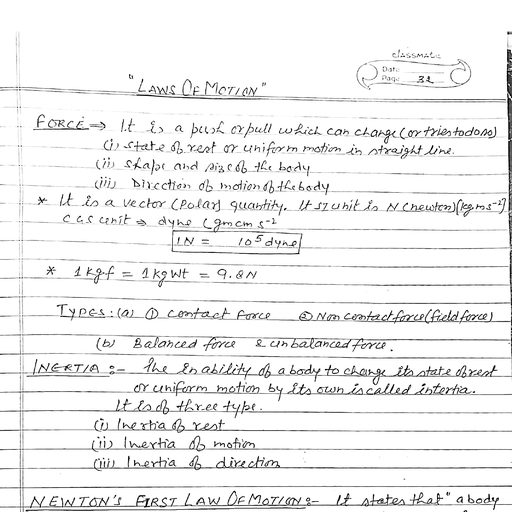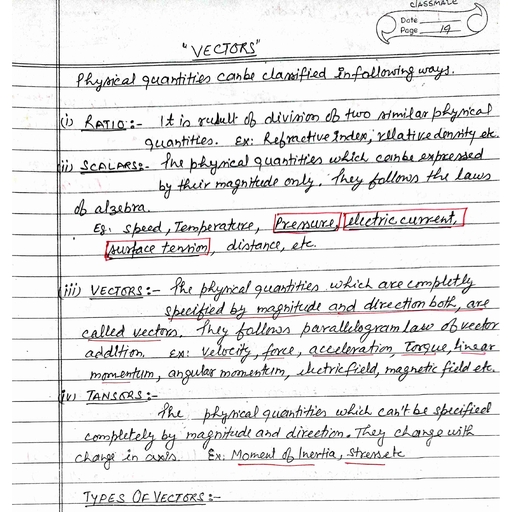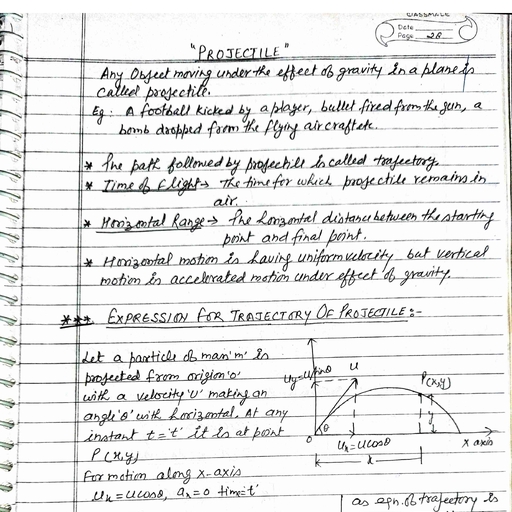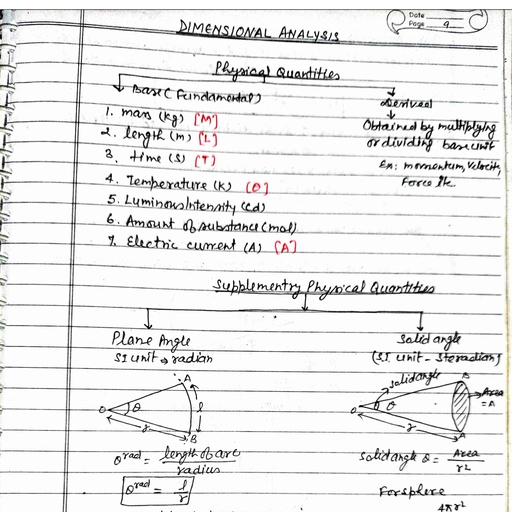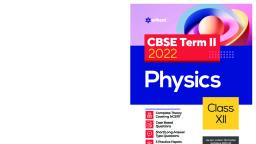Question 1 :
In an ideal parallel LC circuit, the capacitor is charged by connecting it to a DC source which is then disconnected. The current in the circuit
Question 2 :
In an ac circuit with voltage V and current I, the power dissipated is
Question 4 :
The primary of a transformer has $400$ turns while the secondary has $2000$ turns. If the power output from the secondary at $1000V$ is $12kW$, what is the primary voltage?
Question 5 :
In a $LC$ circuit. Angular frequency at resonance is $w$. What will be the new angular frequency when inductor's introduces is made $2$ times and capacitance is made $4$ times?
Question 6 :
<p>Turn ratio in a setup transformer is 1: 2.If a lechlanche cell of 1.5 V is connected across the input, what is the voltage across the output?</p>
Question 7 :
In a transformer, the number of turns of primary coil and secondary coil are $5$and$4$respectively. If$220 V$isapplied on the primary coil, then the ratioof primary current to the secondary current is
Question 8 :
<p>Primary winding and secondary winding of a transformer has<br>100 and 300 turns respectively. If its input power is 60 W then output power of<br>the transformer will be</p>
Question 9 :
An inductance, a capacitance and a resistance are connected in series across a source of alternating voltages. At resonance, the applied voltage and the current flowing through the circuit will have a phase difference of<br/>
Question 10 :
Assertion: A step up transformer can also be used as a step down transformer.
Reason: This is because $\cfrac { { E }_{ p } }{ { E }_{ s } } =\cfrac { { n }_{ s } }{ { n }_{ p } } $
Question 11 :
The primary and secondary coils of a transformer<br>have 50 and 1500 turns respectively. If the<br>magnetic flux linked with the primary coil is<br>given by $\phi =\phi _{0}+4t,$ where $\phi$ is in webers, t is<br>time in seconds and $\phi_{0}$ is a constant, the output<br>voltage across the secondary coil is:<br><br><br><br><br><br>
Question 13 :
A transformer with a $110 V$ primary has a $15:1$ turns ratio. The load resistance, $R_L$, is $120$ . What is the approximate voltage across the load?<br/>
Question 17 :
What would be the Q factor for a purely inductive circuit?
Question 18 :
An ideal transformer has 400 turns in the primary and 200 turns in the secondary. If the primary is connected to a 12 V battery, then the secondary voltage is<br/>
Question 19 :
The correct formula for the angular frequency $\omega_0$ of an $L-C$ resonant circuit is
Question 20 :
A transformer is used to light a $120 W$,$24 V$lamp from$240 V$a.c. mains. The current in the main cableis$0.6 A$.The efficiency of the transformer is
Question 21 :
An ideal transformer has 500 and 5000 turns inprimary and secondary winding respectively. If theprimary coil is connected to a 6 V battery then thesecondary voltage is :
Question 23 :
If a stepup transformer develops 400V in secondary coil for an input of 200V A.C, then the current in the transformer is :<br/>
Question 24 :
A step-up transformer of turns ratio $2 : 1$has$50 Hz$ <br> $AC$voltage applied to primary. The frequencyof$AC$output voltage across secondary is
Question 25 :
Match the following<br/>a) step up transformer     d) turns ratio is 1<br/>b) step down transformer e) Ns > Np<br/>c) Ideal transformer           f) Np > Ns<br/>
Question 26 :
A step up transformer converts $100$ V at primary to $300$ V at secondary.  If the primary current is $6$A, then the secondary current is ______A
Question 28 :
The primary to secondary turns ratio of a transformer is given as 2 : 3. If the current through the primary coil is 3 A, then the current through load resistance is<br/>
Question 29 :
If $V=100 \sin 100t$ volt, and $I=100 \sin(100t+\dfrac {\pi}{6})A$. then find the watt less power in watt?
Question 30 :
A step-down transformer reduces the voltage of a transmission line from $2200\ V$ to $220\ V$. The power delivered by it is $880\ W$ and its efficiency is $88$%. The input current is :


